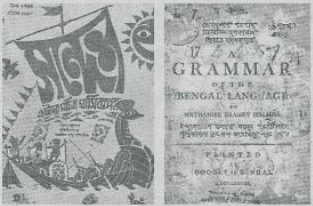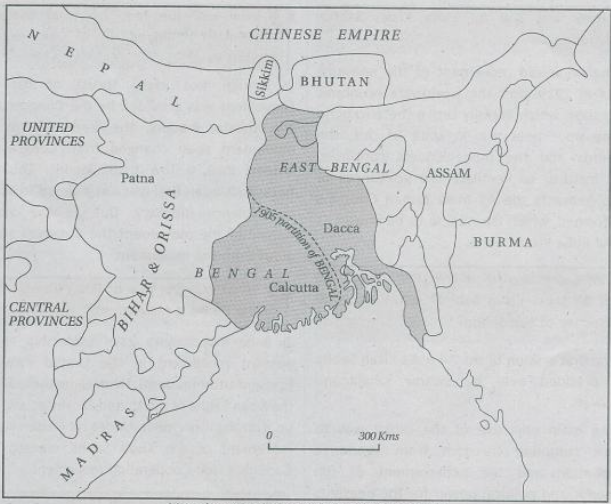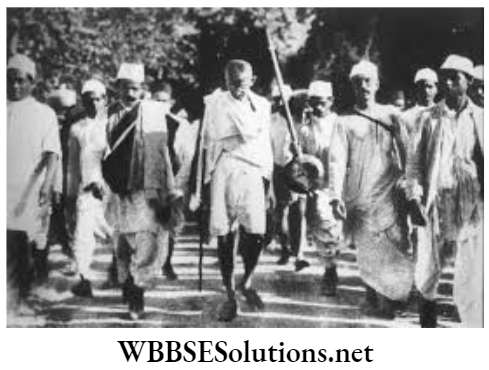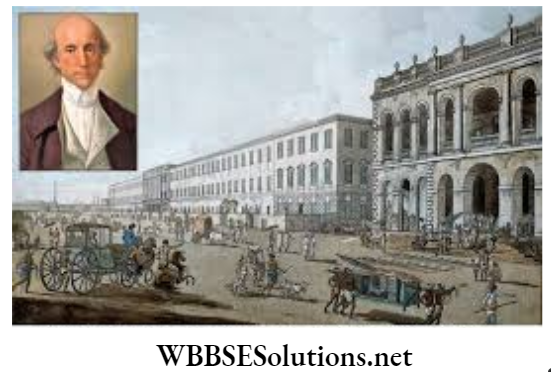Chapter 5 Alternative Ideas And Initiatives Characteristics And Observations Topic A Development Of Printing Press In Bengal
Question 1. How did the printing press flourish in Bengal?
Answer:
The printing press flourish in Bengal:
The newspapers were mainly responsible for the promotion of public opinion among the various sections of the Indian population. The first newspaper in India was started by James Augustus Hicky. Hicky’s newspaper was followed by some other newspapers like ‘The Bengal Hurkaru’, ‘The Calcutta Gazette’, ‘The India Gazette’, etc.
To the Serampore, Missionary goes the credit of bringing out the first Bengali. monthly, ‘Digdarshan’. It started in April 1818. A few days later ‘Samachar Darpan’ was published by Serampore Mission. J C Marshman was its editor. In June 1818, another weekly Bengali paper ‘Bengal Gazette’ started by Ganga Kishore Bhattacharya, made its appearance. Several other papers were published between 1821 and 1851.
Among these were ‘Sambad Kaumudi’ (1821) edited by Bhabanicharan Bandyopadhyay, ‘Samachar Chandrika’ (1822) also edited by Bhabanicharan, ‘Sambad Prabhakar (1831) started by Iswar Chandra Gupta, Jnananweshan’ (1831), edited by Dakshninarajan Mukhopadhyay, ‘Sambad Bhaskar (1839) run by Gourishankar Tarkabagish, ‘Education Gazette’ and ‘Saptahik Bartabaha (1856). These papers helped in spreading the news about the events occurring in the country and also helped the formation of public opinion among the masses in the country.

The post-mutiny period saw the publication of several important newspapers both in Bengali and English. Among these, the most important were ‘Amrita Bazar Patrika’, ‘Indian Mirror’, and ‘Omprakash’. All of these were published from Calcutta. The ‘Hindoo Patriot’ brought to light the various grievances of the ryots and the peasants.
Class 10 History Solution Wbbse
Question 2 What is the contribution of William Carey and Serampore’s Mission to the spread of education?
Answer:
The contribution of William Carey and Serampore’s Mission to the spread of education:
Before the arrival of William Carey and other missionaries, formal education was chiefly confined to the upper classes. Carey came to Bengal and set up a printing press in Serampore. Then under his initiative, the Serampore Mission played an important role in the spread of mass education in Bengal.
[1] Establishment of printing of press: William Carey set up a printing press in Serampore in 1800. Through this press translation of the Bible, the Ramayana, the Mahabharata and other Indian literary works as well as various textbooks were published and became available to students in rural areas.
Read and Learn More WBBSE Class 10 History Long Answer Questions
[2] Establishment of schools: In 1818, about 103 primary schools were established in Serampore and adjoining areas which accommodated about 6703 students. Serampore Mission established the first school for girls and thus played an important role in spreading women’s education.
[3] Establishment of colleges: William Carey and his two associates established a degree college in Serampore in 1818 at their own expense. It was the first-degree college in Asia.
[4] Medium of instruction: Carey had realized that it was necessary to provide education through vernacular medium i.e., Bengali in order to spread mass education in rural Bengal. So he tried to spread education through the medium of Bengali.
[5] Progressiveness: Carey tried to remove bigotry and superstition from the minds of the students. So he emphasized on teaching subjects like modern literature, science, mathematics, history, philosophy etc., instead of following the old and obsolete method of education. Vishal Mangalwadi, in his book ‘The Legacy of William Carey’, has written that Carey had provided spiritual strength to the people to stand against those priests who had deprived them from the liberty of exploring the truth for their own interest.
Question 3 What do you know about the inventions and introduction of the printing press?
Answer:
The inventions and introduction of the printing press:
The invention of the printing press is one of the most important inventions of all time. Few inventions have had such an impact as the printing press. It is one that ultimately led to our modern world.
Read more




